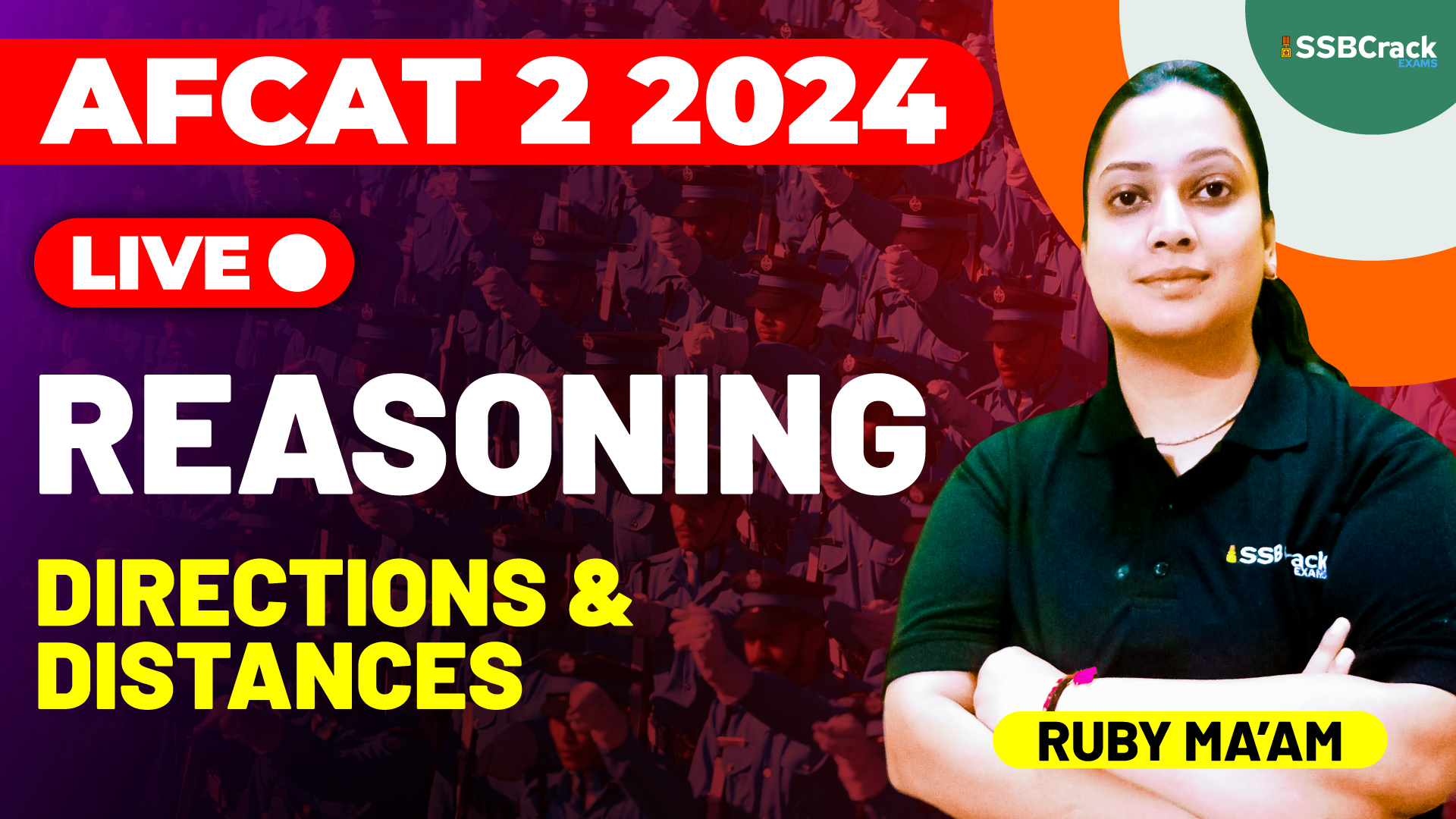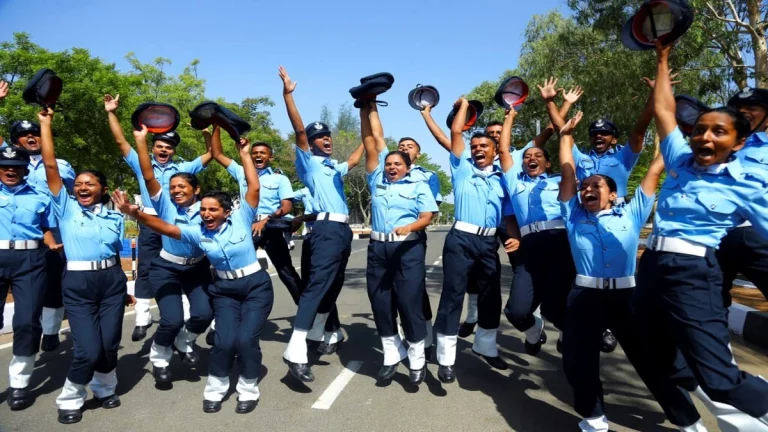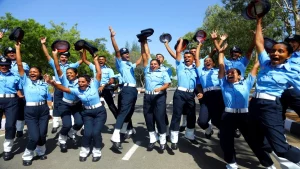For aspiring Air Force Common Admission Test (AFCAT) candidates, mastering reasoning skills is a non-negotiable part of the preparation journey. Among the various topics under the reasoning section, directions and distances hold a special place. Understanding why this topic is crucial can provide the motivation needed to excel in this area and, ultimately, the exam itself.
Why Directions and Distances Matter
- Core Analytical Skills: Directions and distances tests your ability to visualize and interpret spatial information. These questions assess your analytical skills by requiring you to determine the correct path or location based on a set of given directions. This is not just a test of memory but a test of your ability to process and manipulate information accurately.
- Practical Applications in the Air Force: In the Air Force, precise navigation and understanding of spatial relationships are vital. Pilots and ground personnel alike must be adept at quickly interpreting maps, coordinates, and navigational cues. The reasoning skills tested through directions and distances questions mirror these real-world tasks, making them highly relevant to your future career.
- Boosting Overall Reasoning Scores: Directions and distances questions are typically straightforward once you understand the underlying principles. By mastering this topic, you can secure easy marks, thereby boosting your overall reasoning score. High scores in reasoning can significantly impact your overall AFCAT results, enhancing your chances of selection.
Key Concepts to Master
- Cardinal Directions: Familiarize yourself with the basic cardinal directions—North, South, East, and West—and their intercardinal counterparts—Northeast, Northwest, Southeast, and Southwest. Understanding these basics is the first step towards solving more complex problems.
- Relative Positioning: Practice interpreting and solving problems involving relative positioning. For example, questions might state that a person moves North and then turns right or left. Being able to mentally map out these movements is crucial.
- Distance Calculation: Be adept at calculating distances covered in various directions. This often involves breaking down movements into straight-line segments and using Pythagorean theorem in some cases to find the shortest path.
- Combining Directions and Distances: Many questions will combine both directional changes and distance measurements. Practicing problems where you need to keep track of both aspects simultaneously will help you become more proficient.
Tips for Effective Preparation
- Visualization Techniques: Develop strong visualization skills. Drawing diagrams or sketches can help you better understand and solve problems. Over time, aim to do these visualizations mentally to save time during the exam.
- Practice Regularly: Regular practice is key to mastering directions and distances. Use a variety of sources, including previous years’ AFCAT papers, mock tests, and reasoning workbooks.
- Time Management: During the exam, time management is crucial. Practice solving these problems under timed conditions to improve your speed and accuracy.
- Check Your Work: Always double-check your solutions. It’s easy to make small mistakes in direction or distance calculations that can lead to incorrect answers.
Conclusion
For AFCAT aspirants, the directions and distances topic is not just another part of the syllabus; it is a gateway to developing essential reasoning skills and securing valuable marks. By understanding the importance of this topic and dedicating time to master it, you can significantly enhance your overall performance in the reasoning section. Remember, the ability to navigate your way through these questions mirrors the precision and skill required in the Air Force. Embrace this challenge, and let it propel you towards success in your AFCAT journey and beyond.


















